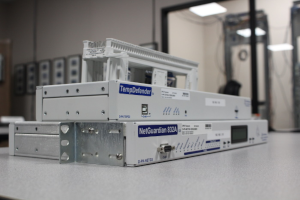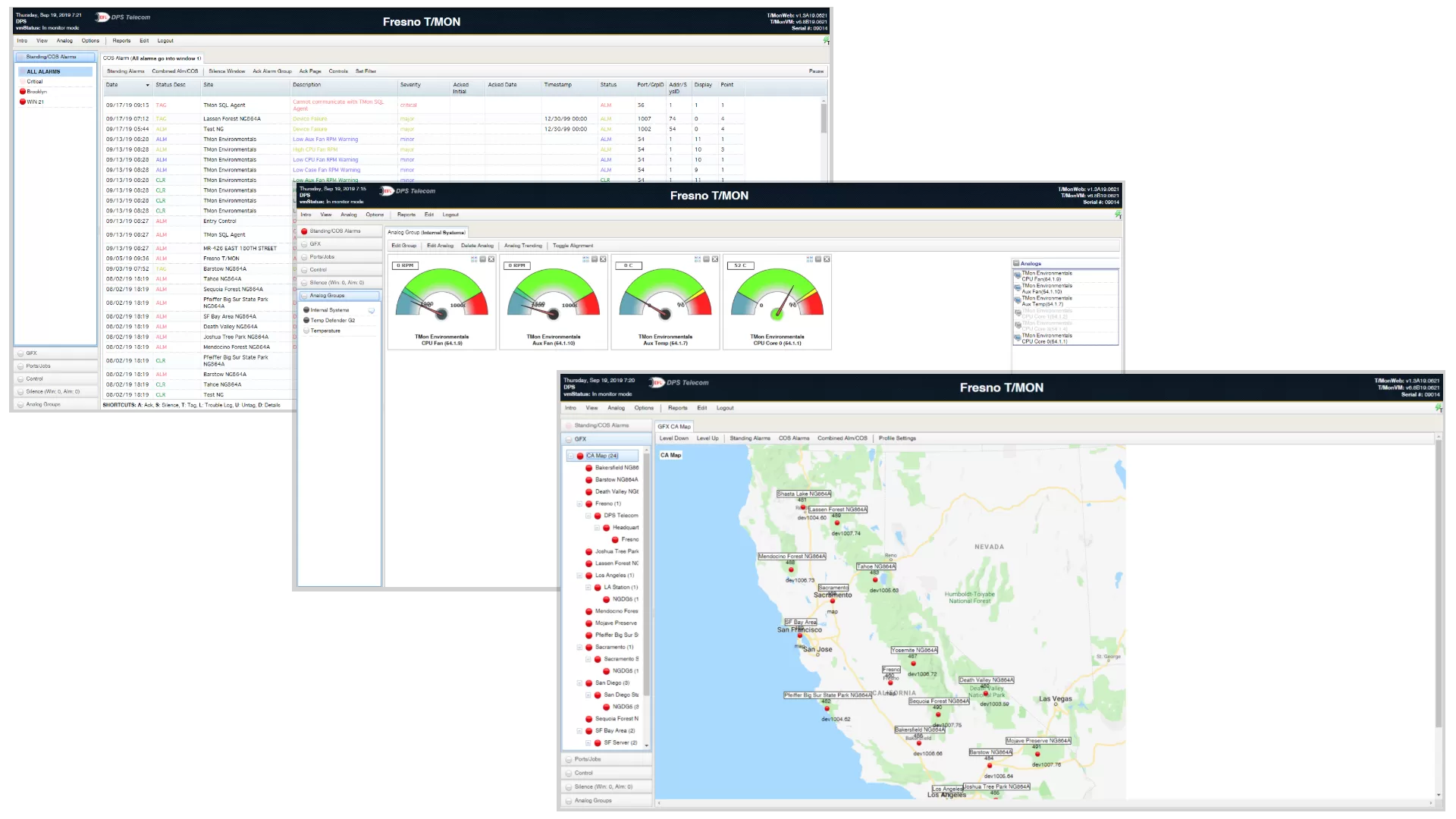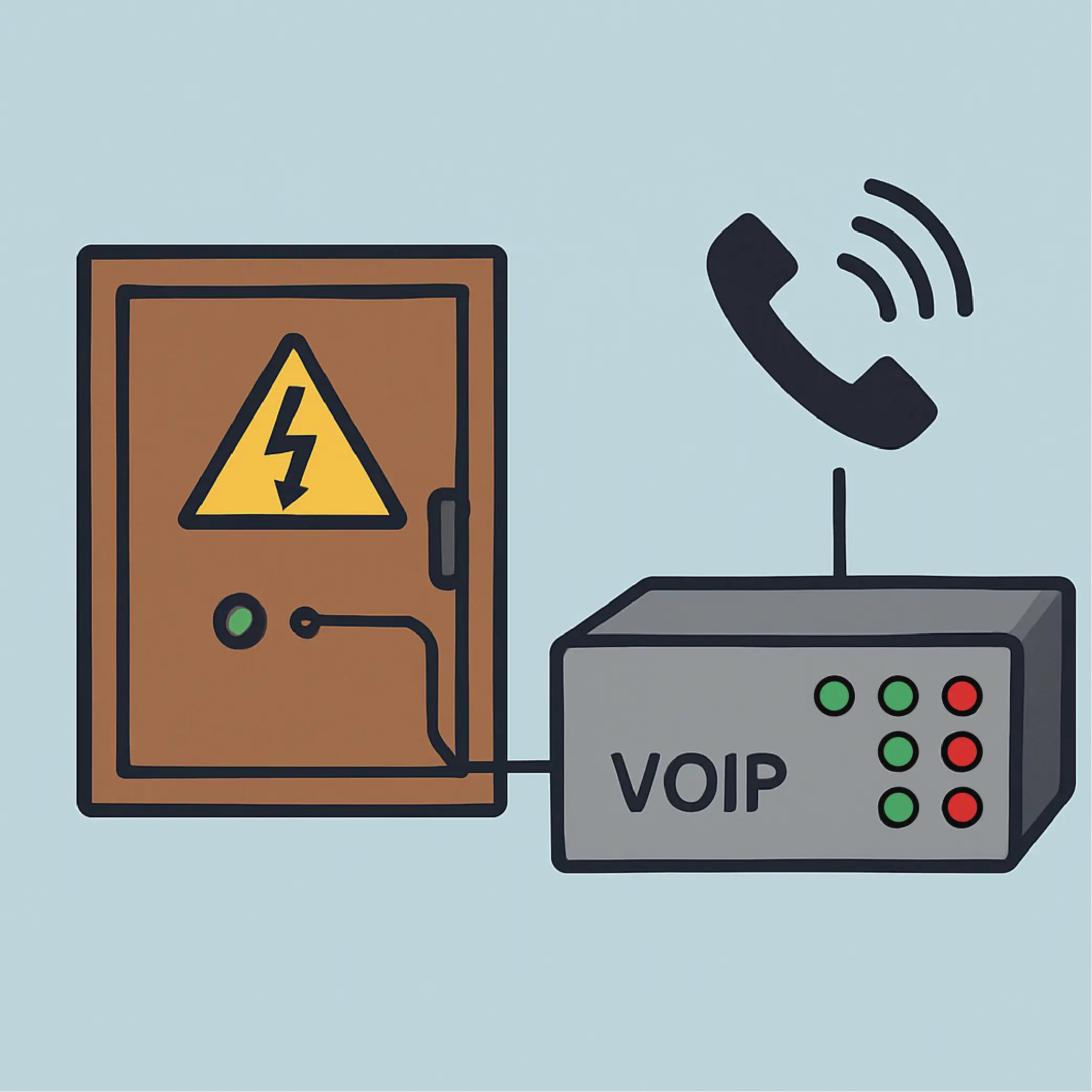Check out our White Paper Series!
A complete library of helpful advice and survival guides for every aspect of system monitoring and control.
1-800-693-0351
Have a specific question? Ask our team of expert engineers and get a specific answer!
Sign up for the next DPS Factory Training!

Whether you're new to our equipment or you've used it for years, DPS factory training is the best way to get more from your monitoring.
Reserve Your Seat TodayWhether you're using remote infrastructure to support a critical telecom network, a power grid, or a public safety agency, the one thing you can't afford is silence when something goes wrong.
That's why many people use contact closures - also known as discrete alarms or dry contacts - to act as early warning triggers.
These simple signals detect a wide range of events, including:
But while the logic is simple, turning a contact closure into a real, usable alert isn't always easy.
On a recent discovery call, a client approached us with a very clear objective:
"We want to monitor a contact closure and send a voice notification."
They weren't asking for complex analytics or dashboards. They just wanted simple visibility and fast reaction.
That may seem straightforward, but the reality is most solutions make this harder than it needs to be.
I've seen it a lot working with my clients. You buy a basic monitor that supports dry contacts and you wire it up. Only then do you discover it needs some clunky software package to actually send out alerts.
Suddenly, your "simple" project turns into an IT headache where you're:
For this client, that wasn't going to work. They needed something secure, simple, and browser-based. Preferably with no software installs at all.
Let's pause for a second and look at why so many monitoring setups become so frustrating.
In the early 2000s, it was common for vendors to provide monitoring tools that required client-side software. Back then, it made sense. Web interfaces were basic, browser compatibility was limited, and security wasn't nearly as locked down as it is today.
Fast forward to 2025, and the landscape is completely different.
Now, any time you ask to install software, you're immediately on your IT department's radar. This is especially true in utilities and telecom sectors, where cyber-hardening rules are strict and compliance is non-negotiable.
During our discussion, the client quickly pointed out:
"OK, that eliminates additional programs to download. That's good."
That's a major win. In fact, eliminating friction like this is a key concept we follow when crafting solutions. When we eliminate software installs, we eliminate:
What you get is speed, simplicity, and a lower total cost of deployment.
As we continued the call, we shared our screen and walked the client through a modern DPS remote monitoring scenario.
They quickly saw the value in a web-based interface, requiring no software installs, no Java/plugin updates, and no device-specific applications.
It was just a clean interface you access through any browser.
Even better, we showed how a single contact closure could immediately trigger a voice call to a phone number, speaking a pre-recorded message like:
"Power failure detected at Site 27."
That's when both meeting attendees on the client's side agreed they liked this option. Their responses let us know we hit the mark since we weren't just showing features. We were showing the dream outcome.
What this client ultimately wanted was:
This is where DPS Telecom's VoIP Orderwire RTU (and the NetGuardian RTU line) came into play.
These remotes ideal for a "2-in-1" deployment because they give you:
A NetGuardian with voice dial-out functionality is designed to speak alarms directly to your team. When an alarm is triggered, the unit will dial out and play a customizable message. This makes sure the alert doesn't just get logged - it gets heard.
You can configure:
This level of control means you don't just get alerts. Instead, you get the right alert to the right person.

Our Comprehensive GUI allows effortless management and visibility for your remote monitoring system.
As the client discovered on our screen share, every DPS remote comes with a built-in web interface. This means:
15 years ago, we offered downloadable configuration apps to run on Windows PCs. Today, we build everything for browser access, because it's what modern teams expect - and what their IT departments increasingly require.
Even though this client only needed one contact closure, we designed their system to scale. Our smallest units still support multiple inputs, and larger NetGuardian models handle dozens.
Start with one and grow to twenty. There's no need to redesign or re-approve your architecture.
All DPS remotes are built in California and tested extensively before shipping. These aren't cheap off-the-shelf devices that die in a thunderstorm. They're:
That means you have fewer support calls, less downtime, and fewer surprises.
This conversation was successful for an important reason.
It wasn't because we showed off the most features, and it wasn't because we used the fanciest demo tools. It was because we solved a real problem the client was dealing with - simply and effectively.
In this case:

Another key point from this interaction was that this was the client's first time working with DPS.
They were referred by their internal IT team, who had seen DPS gear in action elsewhere. However, the people we spoke to directly had never used our products before.
That's a crucial opportunity since first impressions shape future decisions.
By delivering a smooth walkthrough, a clear solution, and no red flags (like software downloads or convoluted processes), we set the tone for a positive relationship.
If you're in B2B tech sales, you know that's the moment you live for.
We earned their trust not by pushing product, but by understanding their problem - and showing a clear path to solving it.
Although it didn't come up directly in this conversation, it's worth noting that many clients initially try to use built-in monitoring from other devices.
Maybe a UPS has a web interface. Maybe a generator sends SNMP traps.
But the truth is: integrated monitoring is usually an afterthought.
At DPS, monitoring is all we do. Our devices aren't bolted onto another product. They are the product.
That means you get:
If you've made it this far with me, chances are you have a site that needs reliable alerts when something goes wrong. It may be just one contact closure, and it may be more.
You might need:
Whatever your ideal outcome looks like, we can help you achieve it.
We'll provide:
Best of all, there's no software installs or no hoops, only results.
Call: 559-454-1600
Email: sales@dpstele.com
Our team is ready to walk you through the process - just like we did for this client.
There's no pressure or pushy sales pitch. You just get honest engineering and a commitment to solving your monitoring challenges.
Let's build something reliable together. Get voice alerts you can trust.

Andrew Erickson
Andrew Erickson is an Application Engineer at DPS Telecom, a manufacturer of semi-custom remote alarm monitoring systems based in Fresno, California. Andrew brings more than 19 years of experience building site monitoring solutions, developing intuitive user interfaces and documentation, and opt...